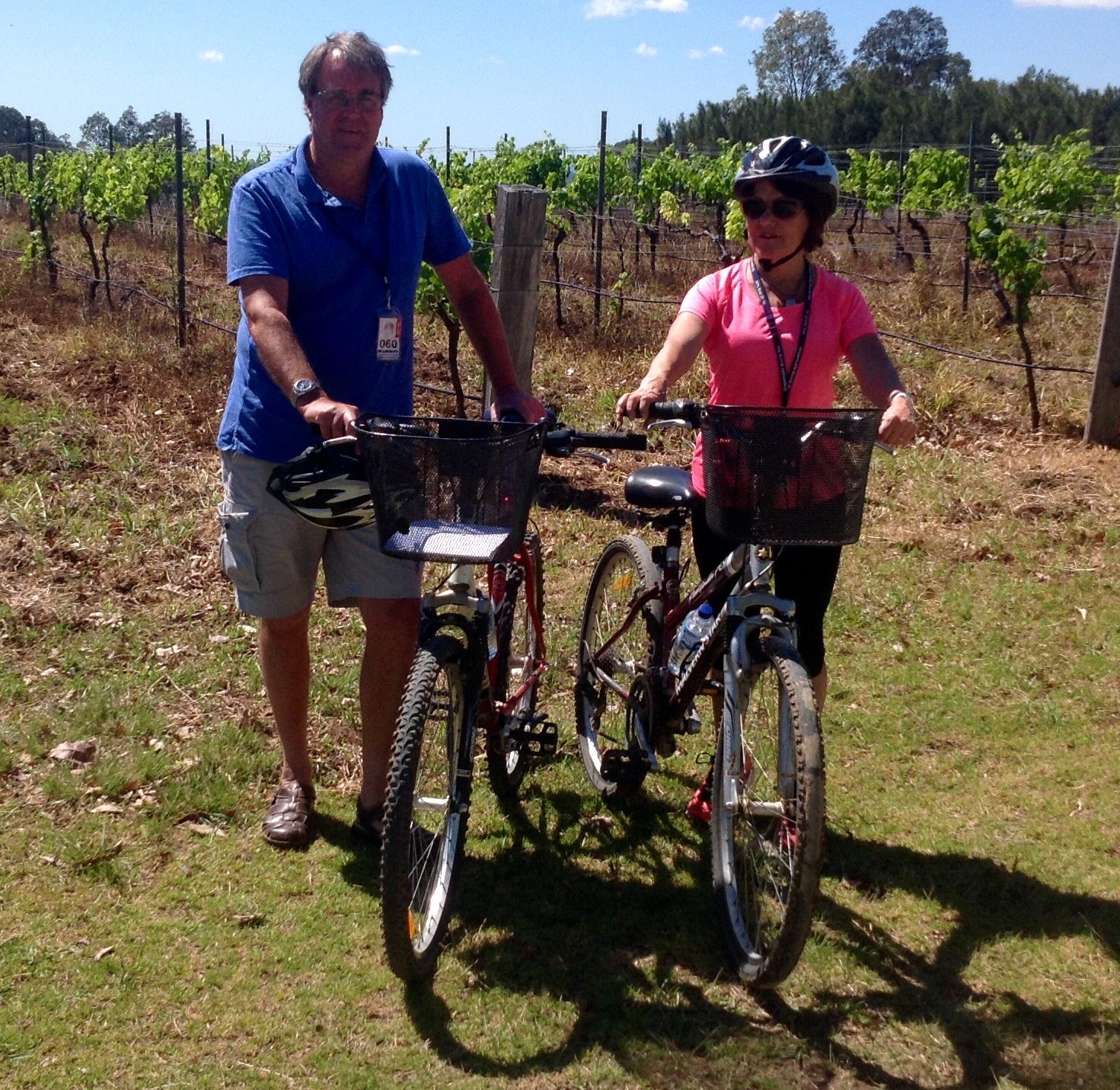Pilbara Country is unique. Its rugged beauty is defined by a vista of broken and craggy ranges and mulga and scrub swept plains. Everything is red. Along with the Kimberley where we are headed it is the powerhouse of Western Australia. Australia’s fortune is often defined by the amount and price of iron ore and gold. Even diamonds. But we were off to the Pearl Coast. Another success story in a long tale of innovation in the country’s west. We took off from Tom Price with our new windscreen glistening in the early morning sun. Friends we met were taking the mining road back to the coast at Karratha – another mining town. This was a 4WD recommended road so no good to us and we took the sealed highway to Port Hedland which did mean we would miss a chunk of the coast. Couldn’t be helped.

We overnighted at Two Camels Creek, a pleasant, tree lined and sealed roadside free camp some 175kms short of Port Hedland. Just for overnighting and some sleep. Well more fool us. We now found out how our windscreen and other items arrived so quickly at Tom Price. ROAD TRAINS. We had followed a few on the highway. They all travel at the speed limit, often 110kph, so they don’t hold you up. They can be intimidating to (a) have up your backside filling up your rear view mirror like a hovering vulture casting a dark shadow just waiting for a chance to pounce (pass) and (b) approaching from the opposite direction like an oncoming train and leading to a moment’s panic as it careers past in a buffeting rush. These things are huge. Driven by a Prime Mover (truck) they can be up to 60 metres long with 2, 3 or even 4 trailers on behind. They carry everything from mixed freight, livestock, iron ore and vehicles including enormous mining trucks and equipment. Oversize trailers are accompanied by a pilot vehicle in front warning oncoming traffic to get the f… out of the way. And all at 100 kmph plus. And they passed Two Camels Creek both ways at five minute intervals from our arrival time in the afternoon to our departure at 9 am next morning. Scout said “Gee they are noisy”. I said “They’ll stop around dark”. Scout said “They haven’t stopped”. I said “They’ll stop around midnight” etc. etc. Anyway they move a lot of stuff quickly.

We had intended to stay a night in Port Hedland. Boasting a population of 14,800 Port Hedland is a BHP Billiton town. It has a natural deep water harbour and moves the largest tonnage in Australia (including around 515,000 tonnes of iron ore) through its port. It is also the home of Dampier Salt. Other towns have a memorial or statue welcoming visitors like a leaping salmon or a large red prawn. Port Hedland has an enormous off white pile of salt. I am sure it has a lot of other attractions but we lost interest and headed up the coast to Cape Keraudran. This is a beachside camp on a rocky foreshore at the southern end of Eighty Mile Beach Marine Park. Quite beautiful for a night before we moved on to Eighty Mile Beach camp itself.
Eighty Mile Beach is 220 kilometres long. Of course it is. The campground is one of the better ones we have been to. Large semi grassy sites and a stones throw to the beach and glorious sunsets. It also had the added bonus of being only a third full – we were told that at this time of the year there usually would be some 400 caravans, campervans and tents filling the park. Most of the campers who were there come from southern W.A. for the winter fishing chasing threadfin and bluenose salmon and mulloway. They might have been chasing these fish but they were only catching flake aka gummy shark that we could see. The attraction for us though was the birdlife – terns, godwits, curlews and the Great Knot travel thousands of kms from as far away as Siberia to feed up before breeding. These birds will live up to 20 years and it is estimated they will have travelled up to 500,000 kms over their lifetime. Impressive. The beach is also a breeding area for loggerhead turtles but not at this time of the year.

Barnhill Station view 
Eighty Mile camp 
Eighty Mile fishing 
Eighty Mile sunset 
Crocs about
We had a night in Barnhill Station. The campground is situated on the beach and on Thangoo Station one of only a few Kimberley cattle stations still family owned and run. This 205,000 hectare property has been owned since 1966 by the Grey family. In 1986 a portion was cut off to allow Janice, the second youngest of ten, to set up a camping and tourist operation. Variously described as rustic or primitive the campground is set under lovely gum trees with open air showers and toilets beside the beach. Ironically there is a two lane artificial grassed bowling green. Grey nomads eh! It was simply a delightful stay. We were keen to stay longer but were booked into Cable Beach camp in Broome. Next stop the pearl capital of the world.

Eighty Mile camp and Vietnam War Memorial 
Barnhill pinnacles 
Port Hedland encourages tourism 
Cape Keraudren 
Barnhill Camp


Alan worked in Port Headland many years ago in his youth. He earned lots of money as an auditor! Memorable for the money and that is all.
LikeLike
You two are of course very well travelled. Good to hear from you Judy.
Stay safe
Mike
LikeLike